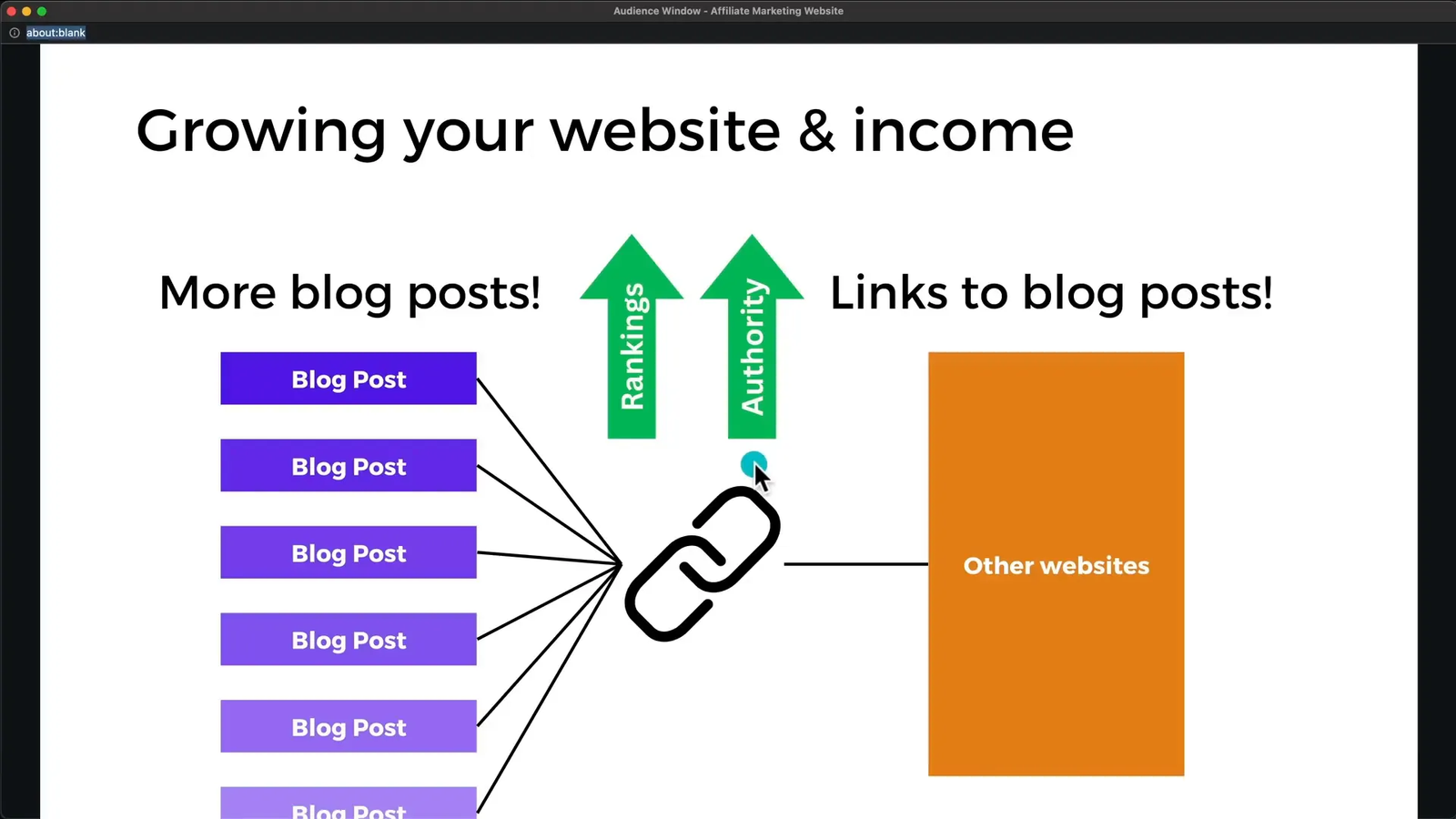How To Build An Affiliate Marketing Website 2024 (COMPLETE GUIDE)
Building an affiliate marketing website can be a rewarding endeavor, especially as you navigate the digital landscape in 2024. In this guide, we will walk through the process step-by-step, ensuring that you have all the tools and knowledge required to create a successful affiliate marketing site. From selecting a niche to optimizing your content for search engines, we’ll cover everything you need to know.
Why Start Affiliate Marketing?
Affiliate marketing is a long-term game that can lead to substantial income if approached correctly. With over five years of experience and generating over $100,000 per month from affiliate commissions, I can assure you that it is worth the effort. If you are committed and focused, there is no better business model to start than affiliate marketing.
Getting Started: Hosting and Domain
To begin your affiliate marketing website, you need to set up hosting and a domain. WordPress is the most popular platform for building websites, particularly for affiliate marketing, due to its robust SEO capabilities. We’ll be using Hostinger as our hosting provider, known for its reliability and affordability.
Hostinger allows you to run your website for as low as $2.99 per month. I recommend the WordPress Starter option, which includes a free domain and unlimited bandwidth. To get the best deal, follow the special link provided in the description.

Setting Up WordPress
After purchasing your hosting plan, you’ll need to install WordPress. This is a straightforward process. After selecting your domain, you’ll have access to your WordPress dashboard, where you can manage your site.
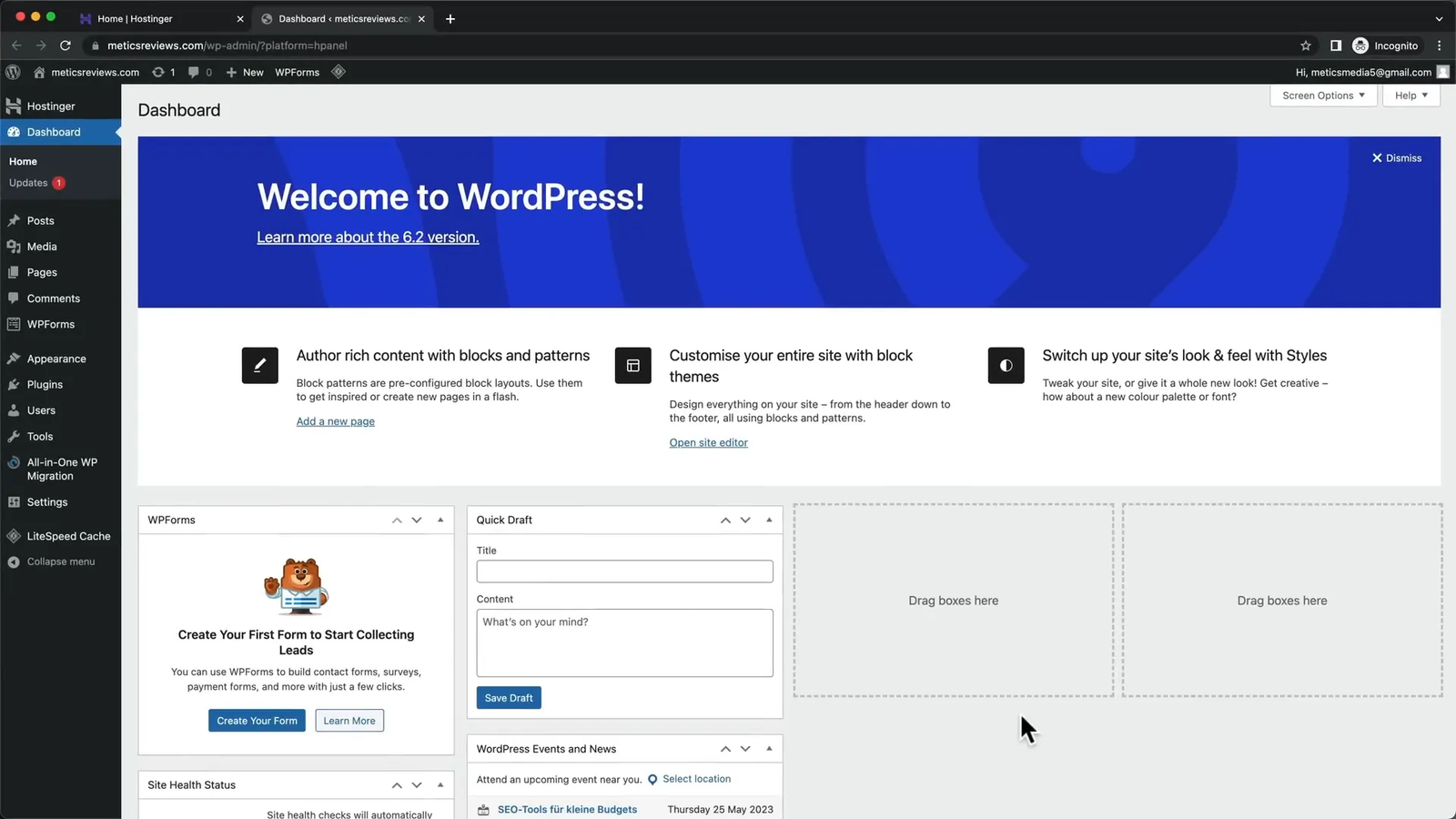
Cleaning Up Your WordPress Dashboard
Once you’re in the WordPress dashboard, it’s essential to clean up the clutter. Remove any default posts, pages, and plugins that you won’t need. This will help streamline your experience as you build your site.
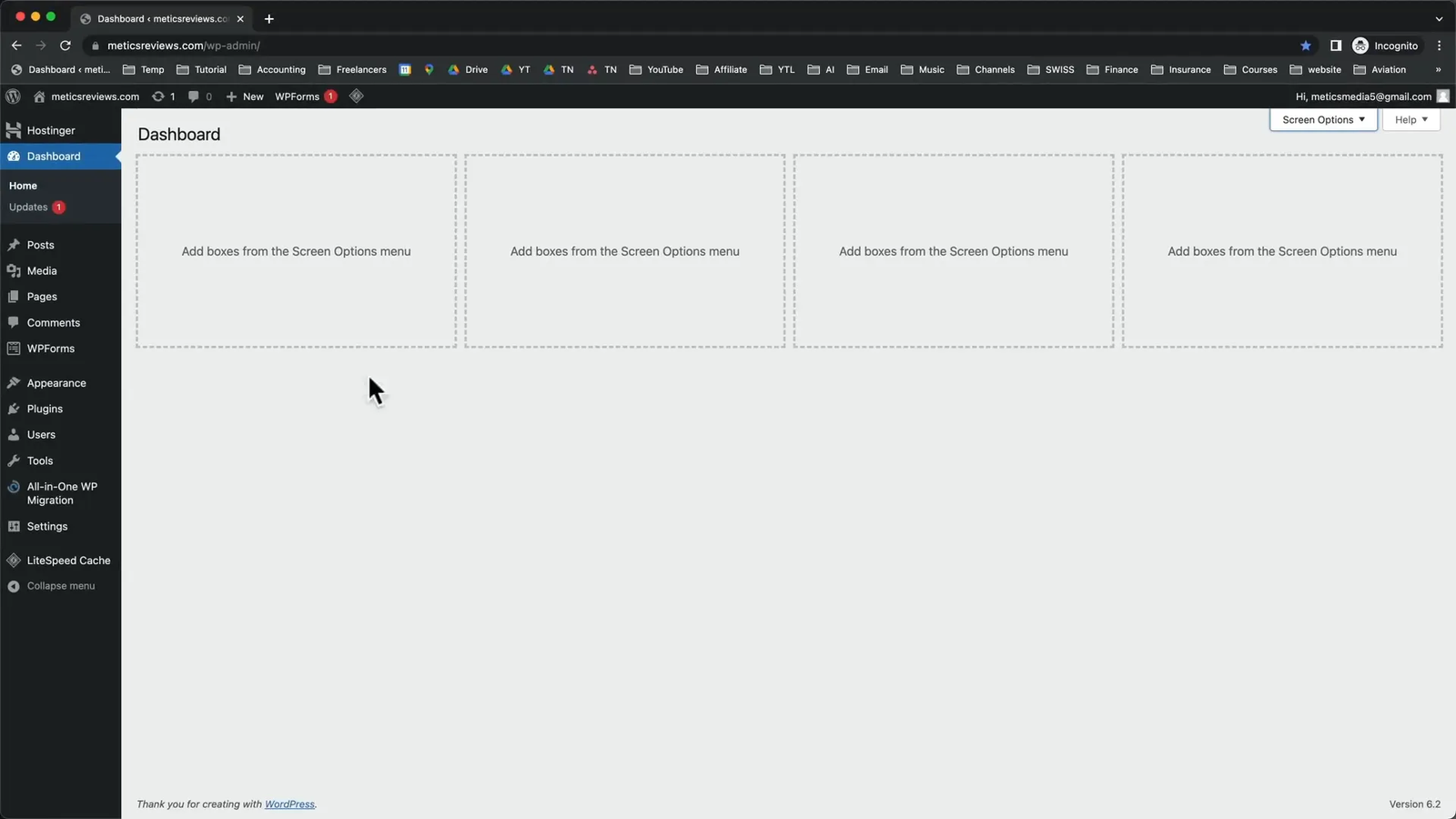
Choosing a Theme
The next step is to choose a theme. We will use the Ocean WP theme, which is excellent for blogging and affiliate marketing. Install and activate it through the appearance section in your dashboard.
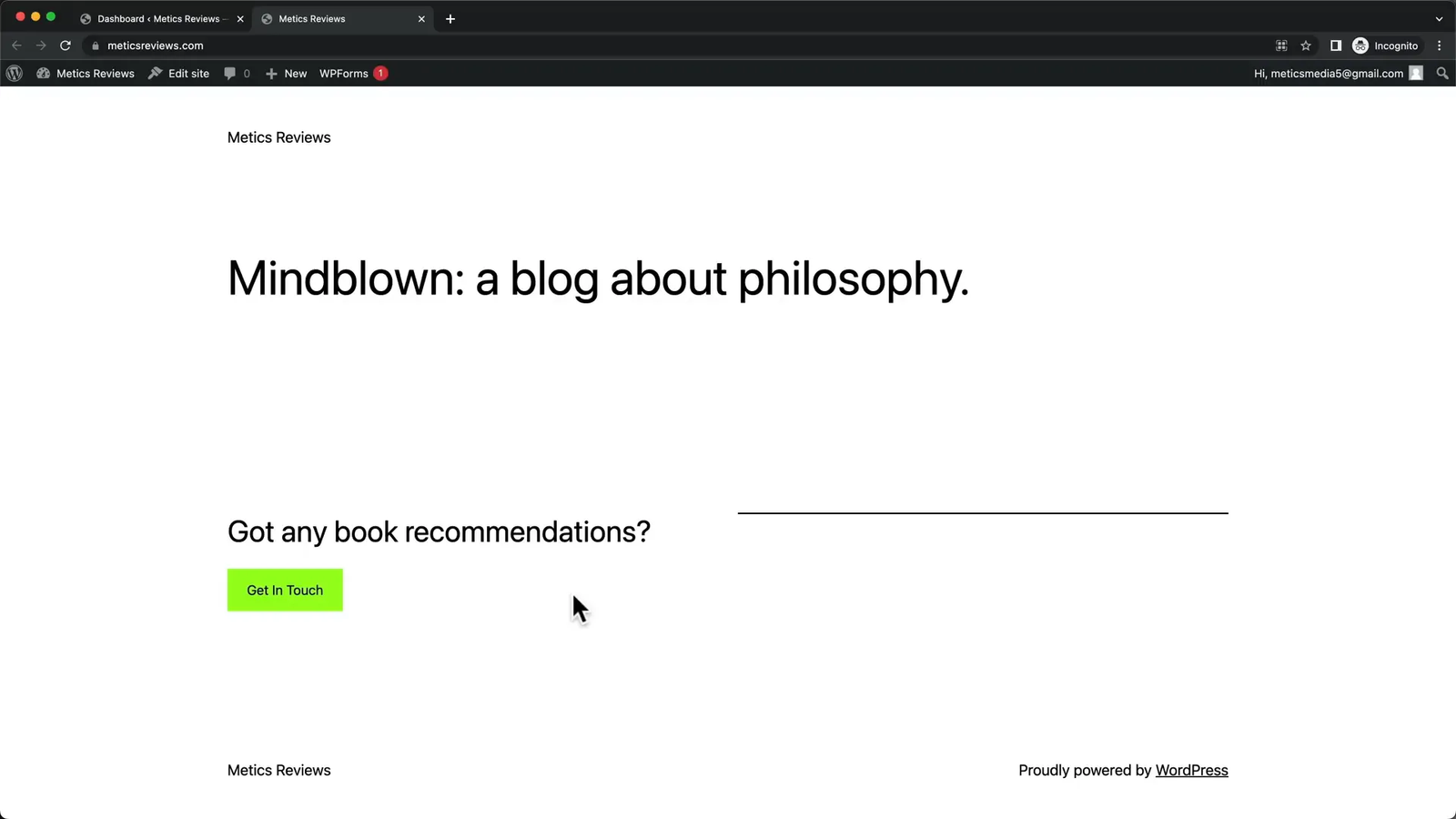
Essential Plugins
Plugins enhance the functionality of your WordPress site. For this guide, we’ll install Elementor, a popular page builder, and other essential plugins like Rank Math for SEO optimization. Make sure to enable auto-updates for your plugins to keep them secure and up to date.
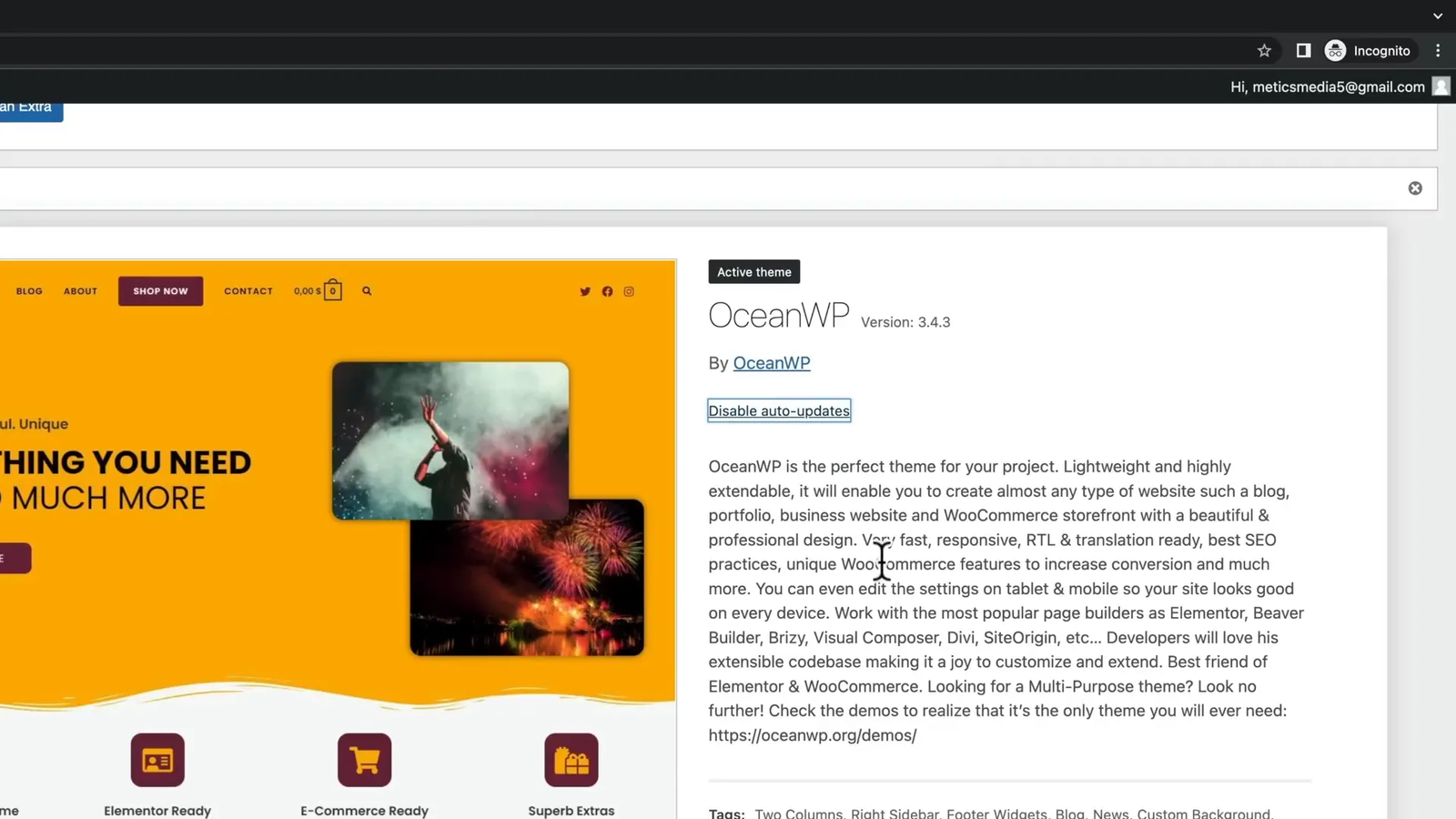
Structuring Your Website
Your affiliate marketing site will consist of a homepage, a blog page, an about page, and a contact page. The homepage will feature an overview of what your site offers, while the blog page will host your content. The about page will introduce you to your audience, and the contact page will allow visitors to reach out to you.

Creating Your Homepage
The homepage is crucial as it is often the first impression visitors will have of your site. Using Elementor, you can create a visually appealing layout that includes a header, a hero section, and featured articles.
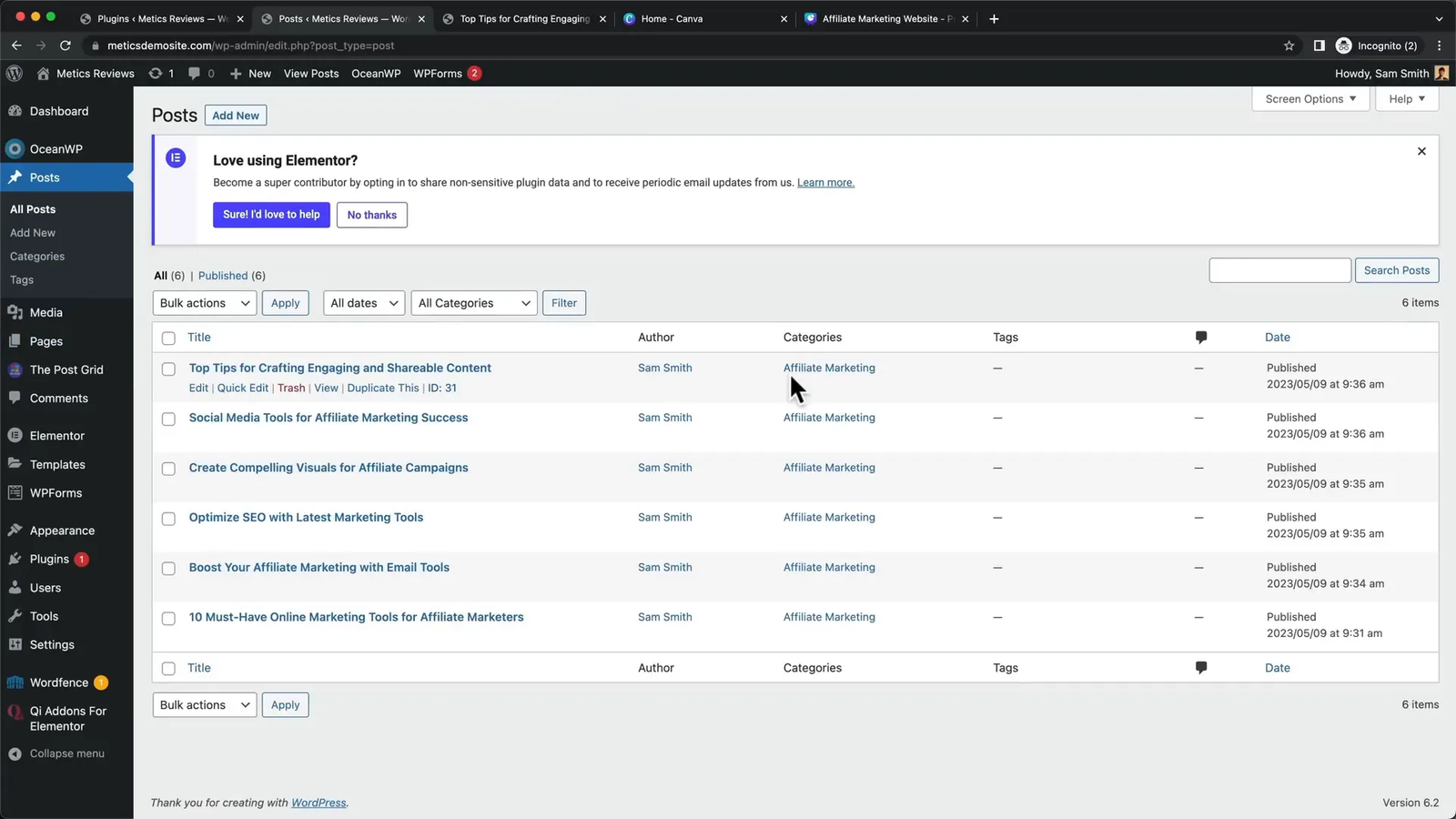
Building Your Blog Page
Your blog page will be the heart of your affiliate marketing efforts. Here, you will publish articles that provide value to your audience and promote affiliate products. Make sure to format your posts for readability and engagement.

Writing Content That Converts
When writing blog posts, focus on creating high-quality, SEO-optimized content. Use keywords strategically, include affiliate links, and provide genuine value to your readers. This will help you rank higher on search engines and drive traffic to your site.
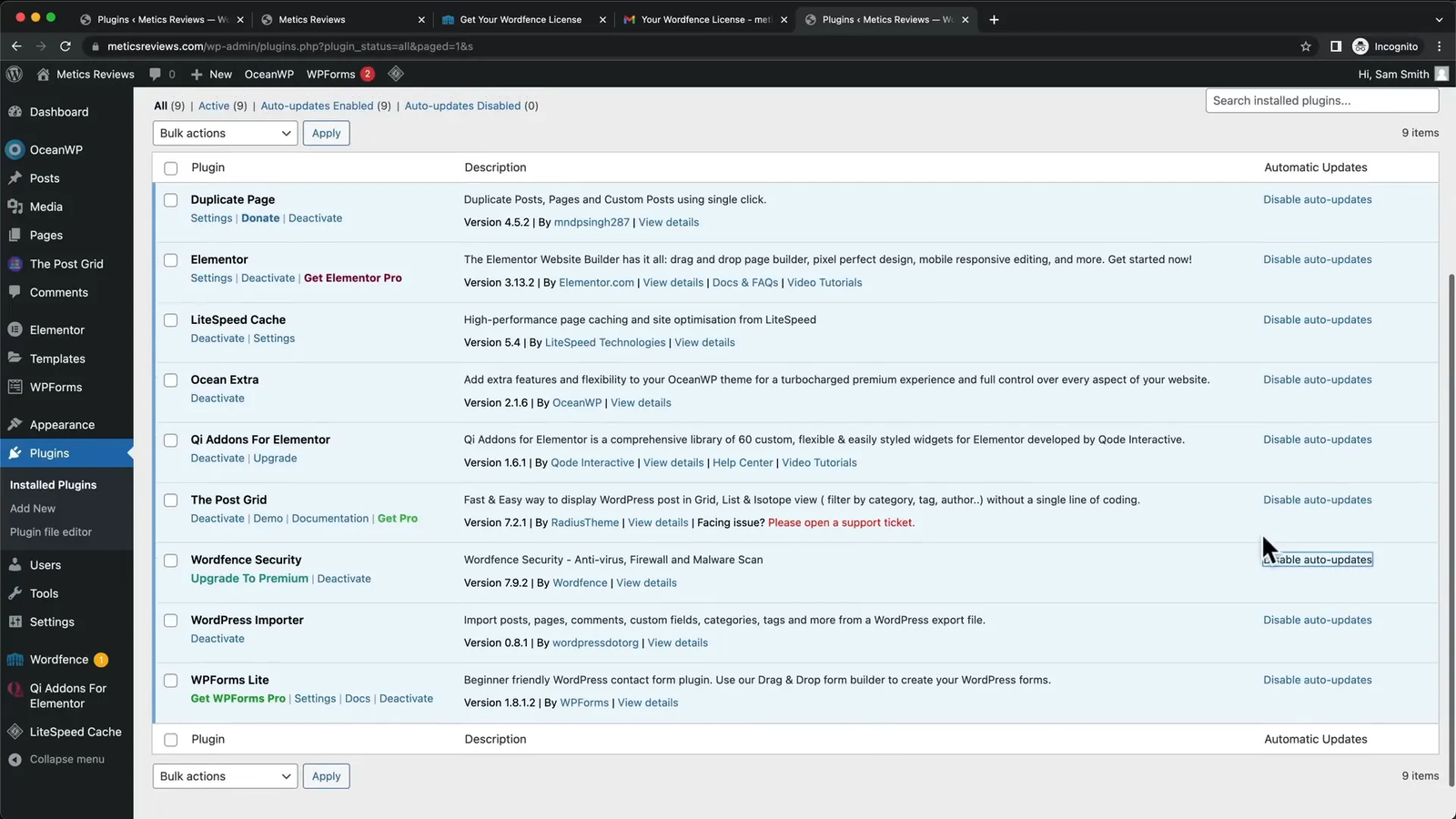
Optimizing Your Blog Posts with Rank Math
Using Rank Math, optimize your blog posts for search engines. This includes setting focus keywords, creating meta descriptions, and ensuring your content is structured correctly. A well-optimized post is critical for achieving high rankings on Google.
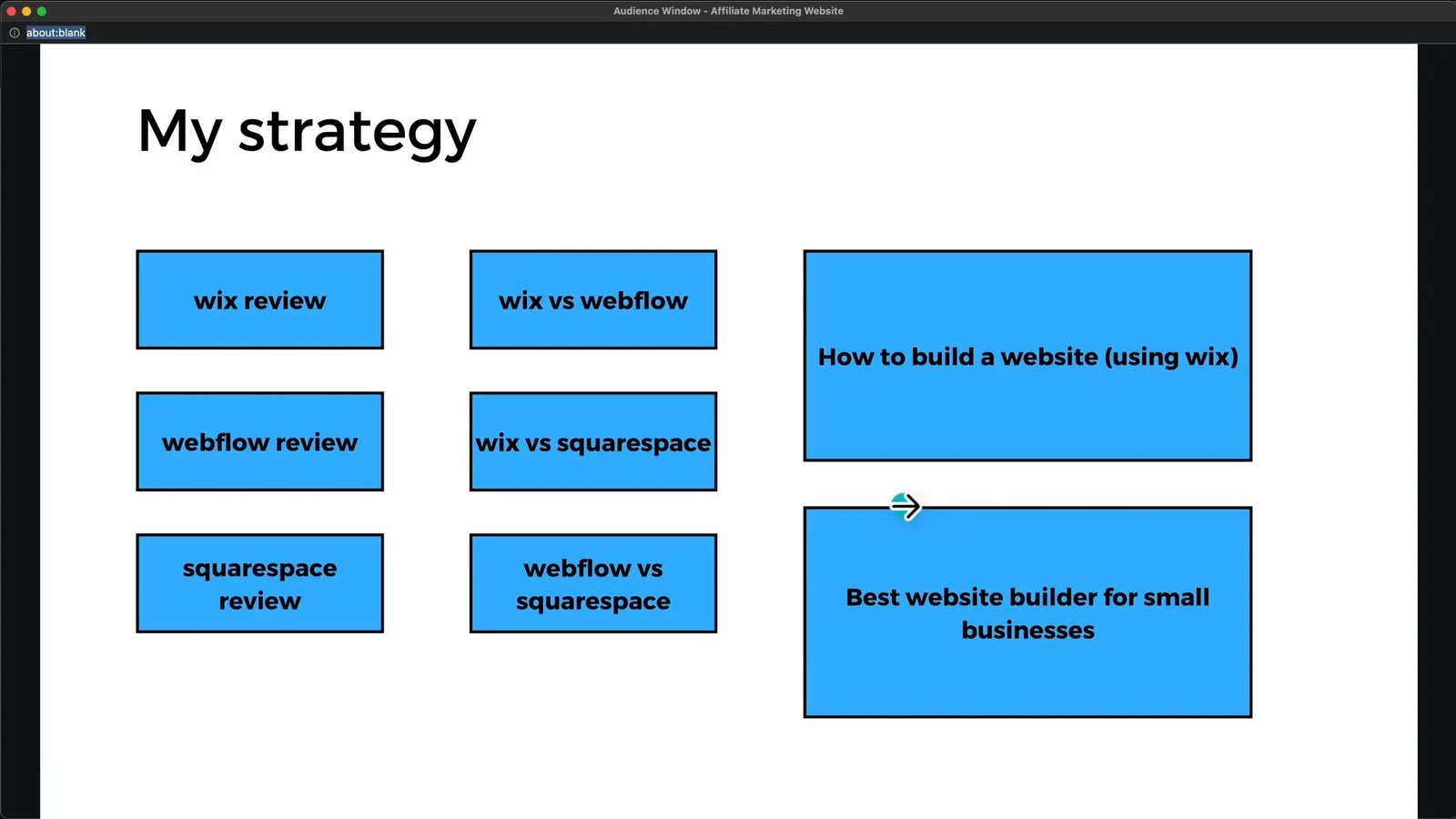
Finding Profitable Keywords
Keyword research is essential for affiliate marketing success. Use tools like SEMrush to identify keywords with high search volume and low competition. This will help you create content that is likely to rank well and attract clicks.

Adding Affiliate Links
Once you’ve created your blog posts, it’s time to add affiliate links. Sign up for affiliate programs of the products you’re promoting, and incorporate these links naturally within your content. Use a tool like Thirsty Affiliates to cloak your links and make them more user-friendly.
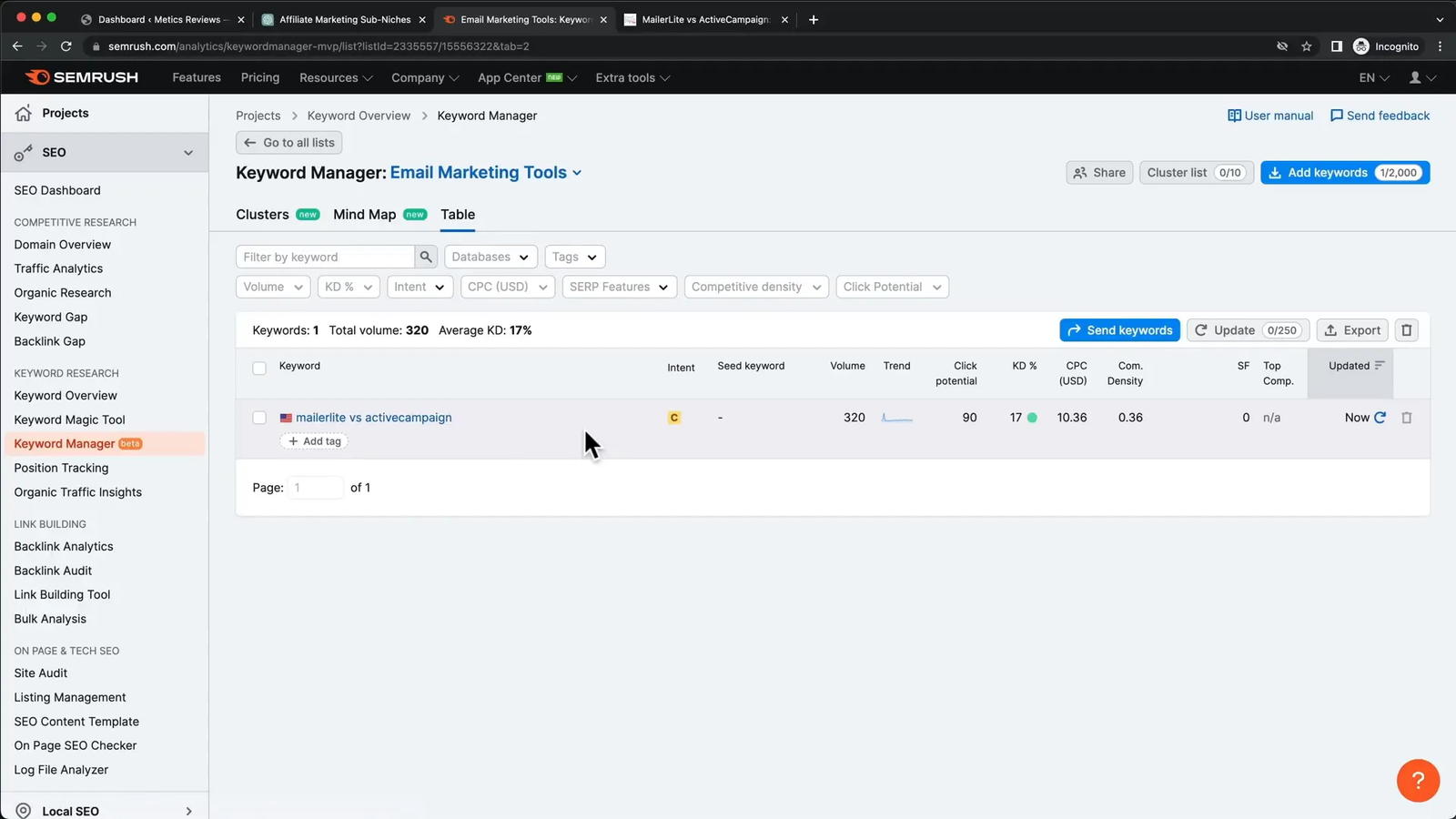
Building Authority and Backlinks
To increase your website’s authority, focus on building backlinks. Reach out to other websites in your niche, offer guest posts, and collaborate with others. This will enhance your credibility and improve your rankings on search engines.

Conclusion
Building an affiliate marketing website in 2024 is a viable and lucrative endeavor. By following the steps outlined in this guide, focusing on high-quality content, and optimizing for SEO, you can create a successful site that generates income through affiliate commissions. Remember, consistency and commitment are key!
